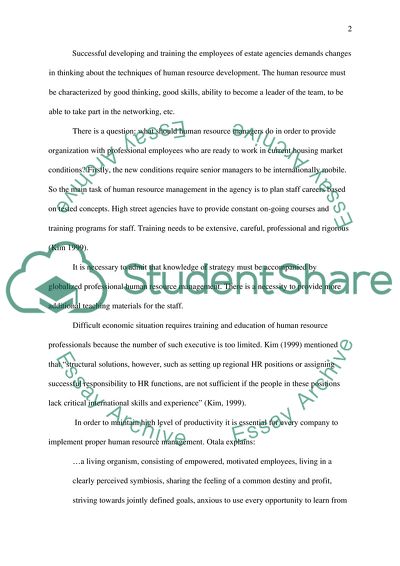Cite this document
(Towards the Different Layers of Culture Research Paper, n.d.)
Towards the Different Layers of Culture Research Paper. Retrieved from https://studentshare.org/human-resources/1726010-human-resource-managemnet
Towards the Different Layers of Culture Research Paper. Retrieved from https://studentshare.org/human-resources/1726010-human-resource-managemnet
(Towards the Different Layers of Culture Research Paper)
Towards the Different Layers of Culture Research Paper. https://studentshare.org/human-resources/1726010-human-resource-managemnet.
Towards the Different Layers of Culture Research Paper. https://studentshare.org/human-resources/1726010-human-resource-managemnet.
“Towards the Different Layers of Culture Research Paper”, n.d. https://studentshare.org/human-resources/1726010-human-resource-managemnet.


